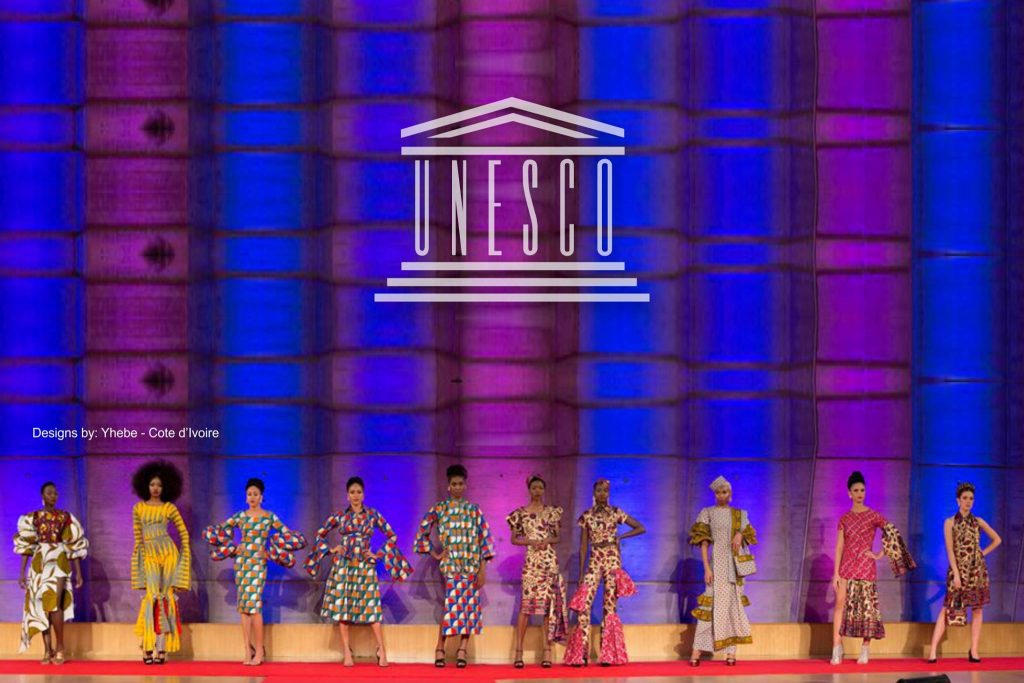By Tripti Bhushan, Academic Tutor & TRIP Fellow

At the guts of the style business is far over clothes and attire. It’s a company’s ability to create – and legitimate – a particular whole by means of valuable assets that vary from distinctive disapproval parts to prints and patterns, and proprietary style staples.
Therewith in mind, whereas material possession, intellectual property (“IP”) represents a vital body of law in nearly each trade because of its ability to shield “creations of the mind,” like novel inventions, decorative aspects of helpful merchandise, literary and inventive works, pictures, and whole names, logos, and aspects of styles; among alternative things, it’s a very vital one for fashion.
Despite the sheer importance of information processing within the rag trade and on the far side, it’s a usually misunderstood body of law, and its numerous parts square measure usually used interchangeably after they square measure, in fact, distinct.

Therewith in mind, here could be a temporary verify of the various sorts of information processing and the way they apply in fashion.
The U.S. system (as distinguished from the national protections provided within the countries of its international fashion counterparts, such as, Italy, France, and the United Kingdom) provides bound rights and protections for homeowners of assorted kinds of property, as well as material possession.
Rights and protections for homeowners of information processing square measure supported federal patent, trademark and copyright laws, and state law alternatives, and in some cases, is also accustomed secure rights outside of the U.S. supported information processing treaties, like the Spanish capital Protocol or the Paris Convention.
Fashion goes through substantial changes since the globalization process has started. Copyright protection extends to “original works of authorship mounted in any tangible medium of expression” from that they will be perceived, reproduced, or otherwise communicated, either directly or with the help of a machine or device.
This suggests that original poetry, movies, video games, videos, stage productions, paintings, piece, recorded music performances, novels, code, sculptures, pictures, discipline styles, and parts of fashion styles square measure afforded protection as long as they meet the requisite levels of creative thinking and originality, that could be a comparatively low bar, and square measure “fixed in an exceedingly tangible medium,” which means that they’re “sufficiently permanent or stable to allow it to be perceived, reproduced, or otherwise communicated for a amount of over fugacious length.”
The owner of a copyright, protection that exists as shortly because the work is formed (but should, due to a recent Supreme Court call (Fourth Estate Public profit house. v. Wall-Street.com), be the topic to a copyright registration with the U.S. Copyright workplace before associate infringement suit is also filed), has the right to breed, distribute, perform, display, license, and to arrange spinoff works supported the proprietary work, with such rights generally enduring for his entire life, and then for seventy years once his death.
The exclusive rights of the copyright owner square measure subject to limitation by the belief of “fair use,” that permits for the utilization of a proprietary work for functions like criticism, comment, news, teaching, scholarship, or analysis isn’t violation, among alternative affirmative defences.
To see whether a specific use qualifies as use, courts apply a multi-factor equalization.
The fashion industry invests huge sums to make new and original designs each season. Despite this significant investment, little use is formed of relevant national and/or regional design law to register and protect these designs.
In some countries, fashion designs could also be adequately protected by copyright law as works of applied art.
However, a frequently cited explanation for not registering fashion designs is that the short product life cycle – often not quite one six-to-twelve-month, season – doesn’t justify the considerable time and financial cost involved.
While fashion trends may come and enter the blink of an eye fixed, some never pass. Many items become classical pieces. There’s a one year waiting period at the French fashion house Hermès for the classic “Kelly” Bag, which grew to fame in 1956 after Princess Kelly of Monaco appeared carrying the bag on the duvet of LIFE Magazine.
The classic Chanel suit – designed by Coco Chanel within the 1930s – remains sold today, for US$5,000 a suit. Many fashion houses strive to make such classic design pieces. Once they succeed, if they need not obtained the acceptable Intellectual Property protection in time, imitators are going to be ready to ‘free ride’ on their creative work.
For fashion items with an extended lifetime, filing an application for a registered industrial design could also be the simplest thing to prevent others from using the planning. It’s possible to request at the time of filing – not after – that the publication of the appliance be deferred for up to 30 months.
This is often a very useful feature, offered under The Hague System, the EU community mark, and lots of national systems, for those that might want to stay their design secret until it involves market.
Big fashion houses value their brand equity. Most develop a bond with their customers through their brand names and fiercely protect these through registration of trademarks and protection of associated artwork by copyright law.
Trademarks are even as important for a little or start-up company within the apparel industry. Patents might not immediately spring to mind when considering the style industry. Yet technical innovation can equally put an apparel industry before the competition. A portfolio of patents may, for instance, reflect technical superiority in inventing new fabrics that don’t crease, or are softer, or more weather-resistant, etc. Such a patent portfolio could attract business partners or investors.
(Tripti Bhushan is Academic Tutor and TRIP Fellow, O.P Jindal Global University, Jindal Global Law School)




































Leave a Reply
You must be logged in to post a comment.